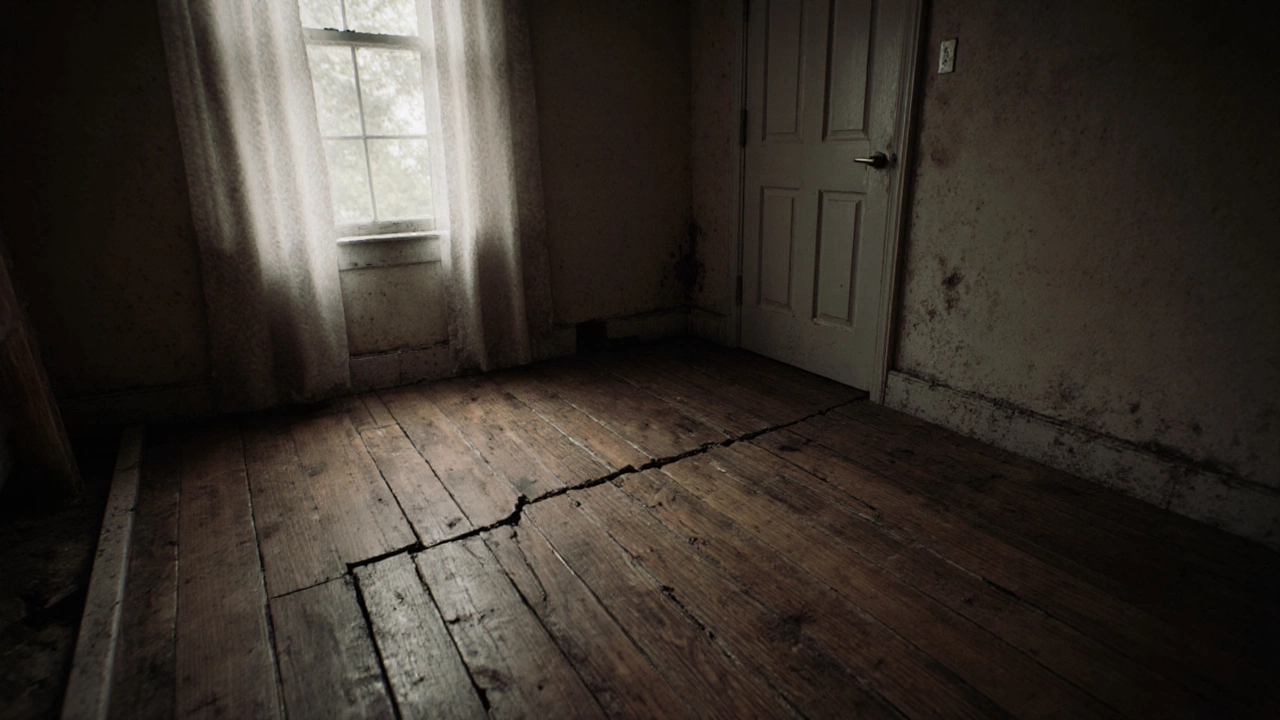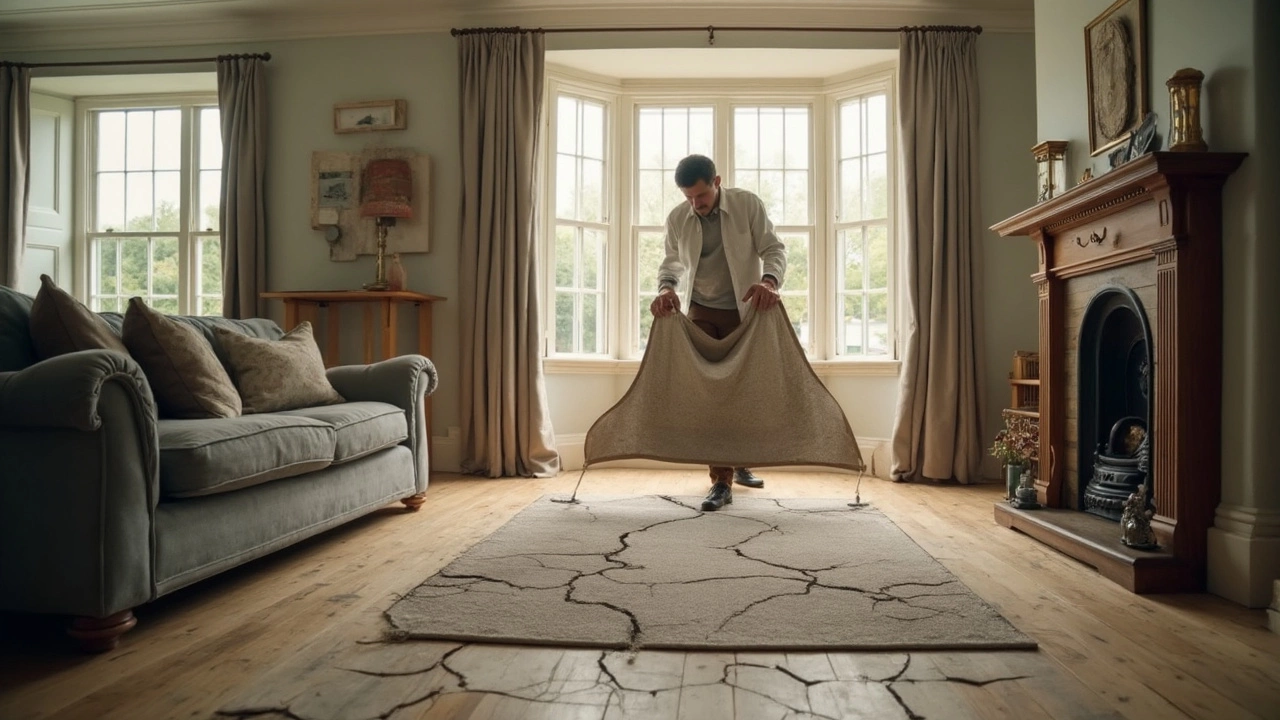Most home insurance policies don't cover sagging floors unless caused by a sudden event like a storm or fire. Learn what actually triggers coverage and how to pay for repairs when insurance says no.
Home Insurance Basics You Need Right Now
When you own a house, the first thing you should think about is protecting it. Home insurance does exactly that – it pays for repairs, replacement or loss when something goes wrong. It’s not just a nice‑to‑have; most mortgage lenders require it. Below we break down the core pieces, explain where you can cut costs and tell you what to do if a claim comes your way.
What Does a Standard Home Insurance Policy Cover?
Typical policies have three main sections. The first, building cover, pays for the structure – walls, roof, floors and any permanent fixtures. The second, contents cover, protects the stuff inside – furniture, electronics and personal items. The third, liability cover, helps if someone gets hurt on your property and you’re held responsible.
Most policies also include optional extras like accidental damage, flood protection or legal expenses. Add‑ons raise the premium but can save you a lot if a rare event happens. Always read the schedule to know exactly what’s included.
How to Lower Your Premium Without Losing Protection
Premiums can feel steep, but a few simple steps can bring the cost down. First, raise your excess – the amount you pay before the insurer steps in. A higher excess usually means a lower premium, as long as you can afford the out‑of‑pocket cost.
Second, improve security. Installing dead‑bolt locks, a modern alarm system or motion‑sensor lights signals lower risk to the insurer, and they often offer discounts. Third, shop around. Prices vary a lot between providers, so use comparison sites or talk to an independent broker.
Finally, bundle policies. Many insurers give a discount if you take home, car and life insurance from the same company. Just double‑check that the combined coverage still meets your needs.
When a loss occurs, act fast. Document the damage with photos, make a list of affected items and keep receipts for any emergency repairs. Contact your insurer as soon as possible – many policies have a time limit for reporting claims. An organised claim file speeds up the process and reduces the chance of disputes.
Remember, the cheapest policy isn’t always the best. Look at the level of cover, the reputation of the insurer for handling claims, and any exclusions that might bite you later. A solid home insurance plan gives peace of mind, protects your investment and saves you stress when the unexpected happens.
Curious about what building insurance skips when it comes to your home’s foundation? This article lays out the common exclusions most homeowners miss and explains why foundation repairs often leave you out of pocket. Get straight answers and practical tips to avoid surprises when problems show up under your home. Learn what really matters so you aren’t caught off guard. Stay one step ahead and protect your investment.

